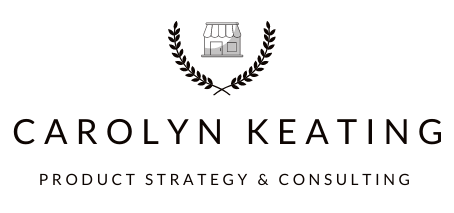Figuring out your wholesale pricing is one of the most challenging parts of developing your wholesale strategy. The quickest way to end up on the losing side of the equation is to simply copy what another company is doing without taking your own numbers into account. Every business runs a little bit differently so what is working well for one isn’t necessarily going to be the best strategy for another. While it's true, some people will only buy your product based on price it’s important to remember that not everyone shops with this mindset. When your products are unique, meets a customer’s need or want and are valuable in their eyes chances are, you’re going to make the sale! If you're prepping for a trade show you want to make sure your prices are in line with your business goals so you are as profitable as possible! Today, I’m sharing 5 things to consider when you’re working on your own pricing strategy.
How much time is involved in making it?
Sending a product to a printer is very different from whittling something out of wood, or painstakingly applying thousands of beads to an item. As a designer, you spend hours creating your products so it’s important to take that time spent into account!
How much material costs?
It’s important to take a look at EVERYTHING that goes into making your product because you may find that you’ve inadvertently left something out! Those little-added details, like a cello bag or label, add up quickly. When you crunch the numbers you may realize that some items in your assortment may not make the cut for your wholesale, which is totally ok!
What is the competition selling similar products for?
I know what you’re thinking, didn’t I just say NOT to look at what others are doing?! While I don’t believe that trying to copy another businesses prices is the best way to set your own strategy I do think you need to do your homework and be aware of what’s out in the marketplace. Take some time to visit a few local stores and browse online to find items similar to yours and make note of the similarities and differences. How do the prices in the market compare with what you have in mind? While that five dollar discount store candle may be relatively inexpensive in comparison to yours when you take a closer look at the similarities and difference yours is notably made in the USA, soy based and comes packaged in a box. Every detail counts when it comes to pricing!
How do you justify your price point?
Once you've decided on your pricing strategy you need to be prepared to justify your prices. What makes your product different from the cheaper and more expensive options out there? Is it your printing technique (maybe you’re a stationer who uses foil) your materials (100% recycled or made in the USA) your social contributions? (like having a portion of the proceeds are donated to a charity your company aligns with) Determine what sets you apart and speak to those characteristics.
Who is your target market?
It’s so important to know who you’re selling to. College students may have less disposable income but are willing to spend it on decor for their dorm. Mom’s may have a bit more money in their pockets but may choose to spend less on items for their home if they have a toddler who gets into everything. Take some time to dive deep into your target market to learn as much as you can about your current and potential new customers. Friends and Facebook groups can also provide lots of insights and opinions.

